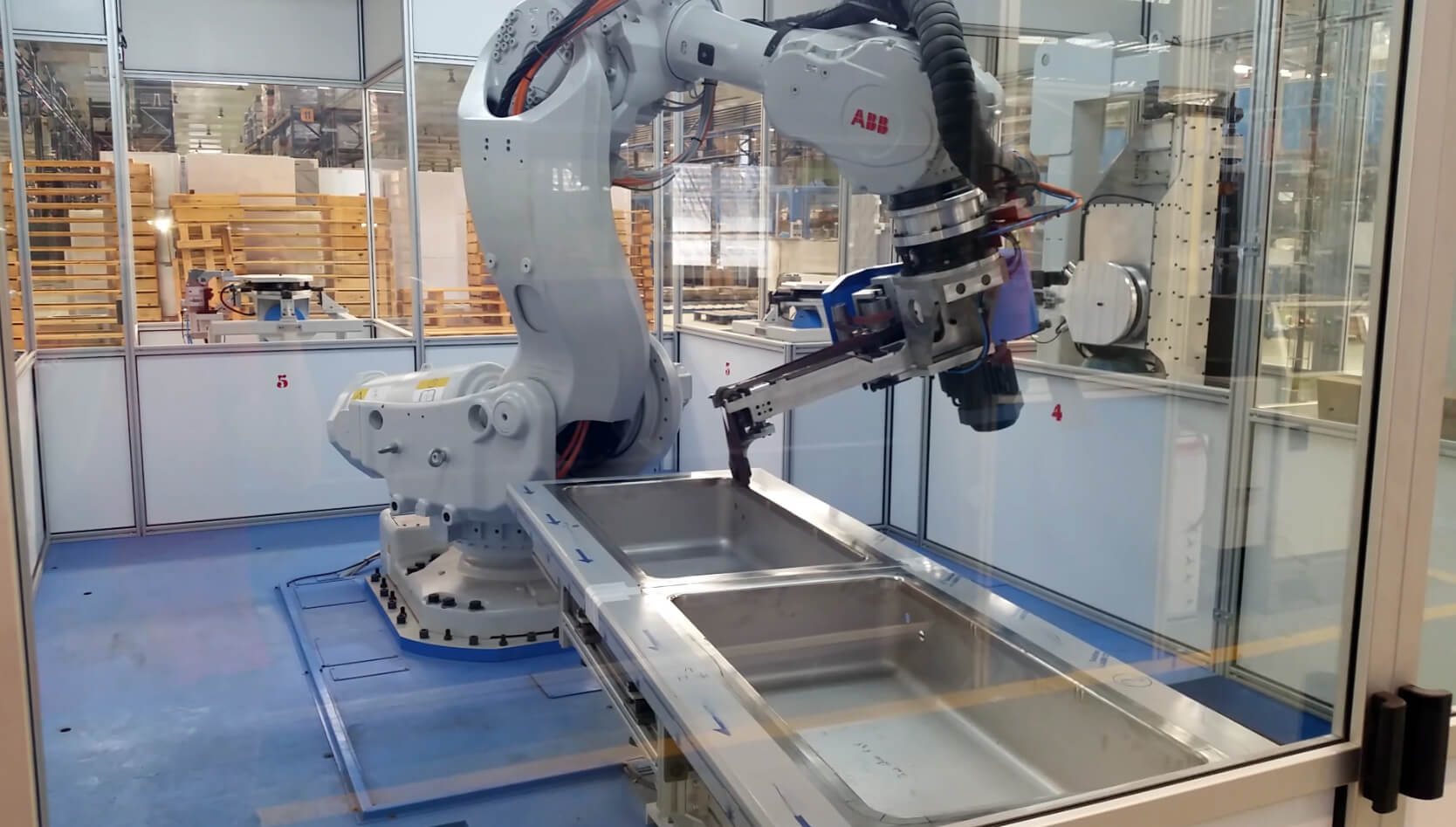
In some cases it comes down to "I don't know where to start" and that is what I want to touch on just a bit. Every case will have its own unique aspects but in a general sense the steps are much the same.
Be aware of time. As a project comes to life a day in the starting phases is worth a week at the end.There is no way to get the time back so preserve as much as you can.
Step one is data collection. This will range from what it is you need to achieve to what budget is available. This will hold true if you are looking at a manual saw or a robot. Don't skimp on this step as it will make the rest of the process better or worse depending. Also do not fall into the trap of looking at the need with blinders on. Yes this one part or operation is an issue but look around the facility to see if there are other parts that need a similar process. Bringing more parts to the new operation or process can help it to pay back faster or even just maximize its benefit in any number of ways.
Once you have collected your data you will have a very good idea of what you need. This is where you may need to bring some help into the equation. Digesting the collected data may be some thing you can handle but in most cases you will want someone to help. Knowing what is available in a conceptual way and crunching the numbers on speed and cost can be tricky.
Be clear about needs and wants. The end result should be getting what you need and solving the issues that you were faced with in the first place. If you want secondary things be clear about those things and know what they are. I need a new car but I want a Ferrari would be the example here. Stepping away from wants for the sake of cost or lead time can make a difference. Where you don't want to start compromising in the need category.
With the data and a clear list of needs and wants you should be able to get a rough budget number in place. Cycle times will be an estimate only and can vary a great deal in this stage. You as of now have not tested anything so you cant be sure. This is where you need to look over every thing and make a decision on if its viable to continue. If the cost is too high for example it will not come down over time by a great deal. In general if you put a project off and revisit it later the cost will have increased. If the budget cant take what is needed or the space needed is too great here is where you stop.
If you have made it this far you need to get more firm costs and cycle times. To do that samples will likely be the next step. There are places here where you need to be careful. If you are gathering sample materials do not go into the scrap bin or the reject pile. If you provide scrap parts you will end up being recommended a process you do not need. You should always provide parts as you expect to present to the new process. You are working with averages at this point not extremes. You want to find out how long the average part takes and what it would cost to get there. Heavy defect removal on a part from the scrap bin may take additional steps and that will add cost and time to the process. This is a very common point where things start to go off the rails. The other point is to provide a "key" if at all possible. If you have a hand finished part or a part the end customer has signed off on provide that to be used as a guide as it will speed things along.
The samples idea can get crazy with various land mines and best practices. If your shopping for something more simple like bur removal sending out samples makes sense. As long as you provide complete data on what you need or a "key" there should be little confusion. If your dealing with something more complicated like mirror polishing you will want to be present for the tests. The word "polished" is about as accurate as a water balloon. Also at the start we were warned that a day in the front end is worth a week in the back end. Getting into a cycle where you are shipping samples back and forth just burns through time. Being present as they are done allows that real time feed back so the process can be dialed in. It is the best way to get exactly what you need and get exposed to the process at the same time.
This is a very general guide but it should provide some direction.The best advice is to ask questions all along the way. Ask them of yourself and the others you are working with. Bringing new processes online can be exhausting and incredibly rewarding at the same time. As always I am happy to answer your specific questions so please keep sending them my way.
Topics deburring machinemetal deburring machinecost of operation comparisonwheelspolishing